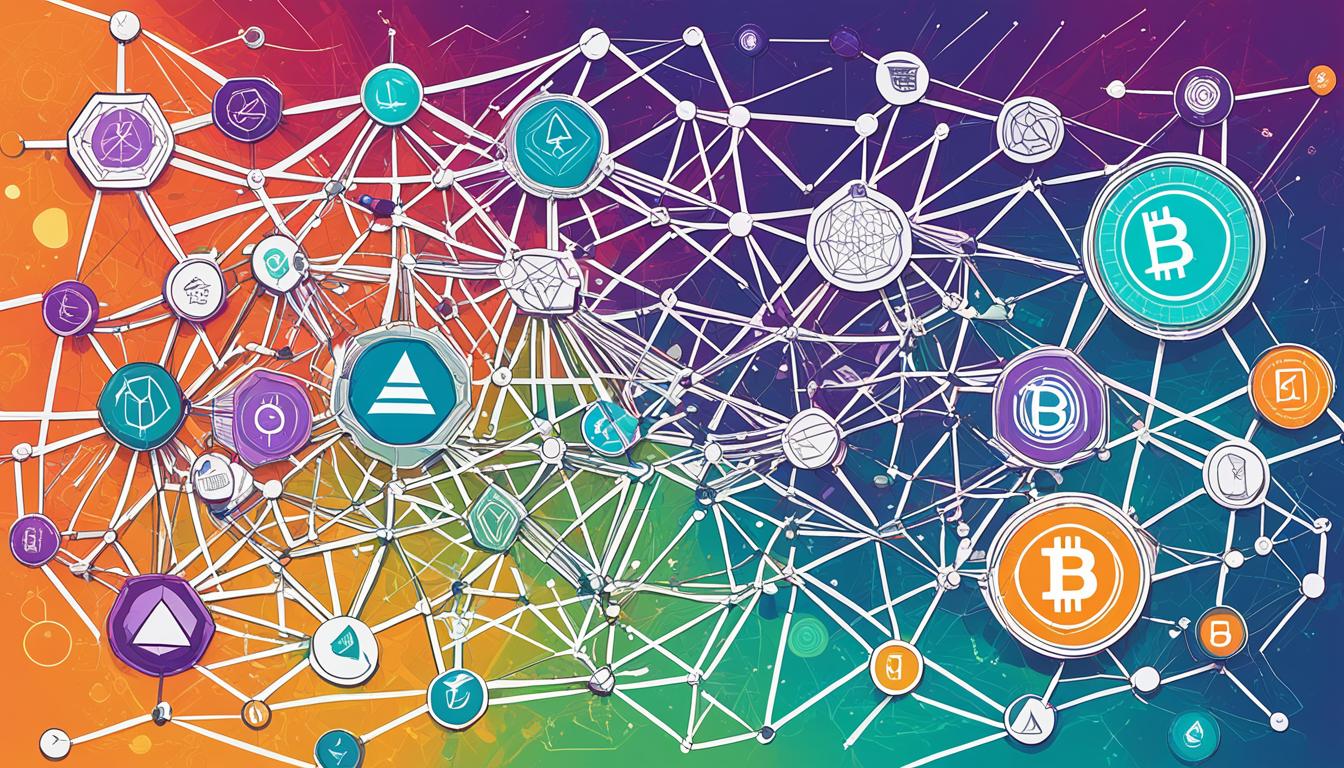Tokenomics (short for “token economics”) is the study of how a cryptocurrency’s tokens are created, distributed, and used within its ecosystem. It looks at factors like total supply, how tokens are allocated, whether tokens are burned over time, and what role they play in the network.
Strong tokenomics helps a project attract users and investors by aligning incentives. For example, Bitcoin is scarce by design with a 21 million coin limit, while Ethereum burns some transaction fees to reduce inflation. These choices impact price, adoption, and long-term value — making tokenomics a crucial part of evaluating any crypto project.

